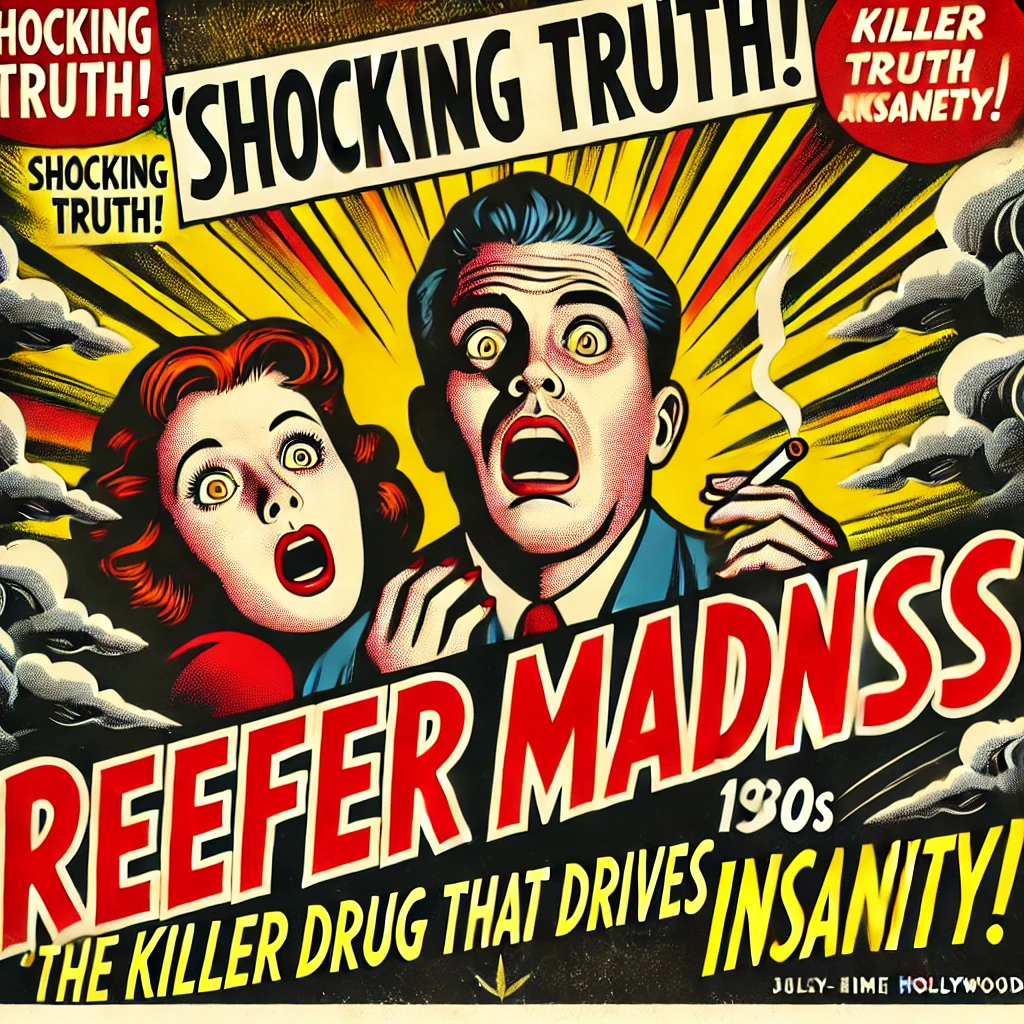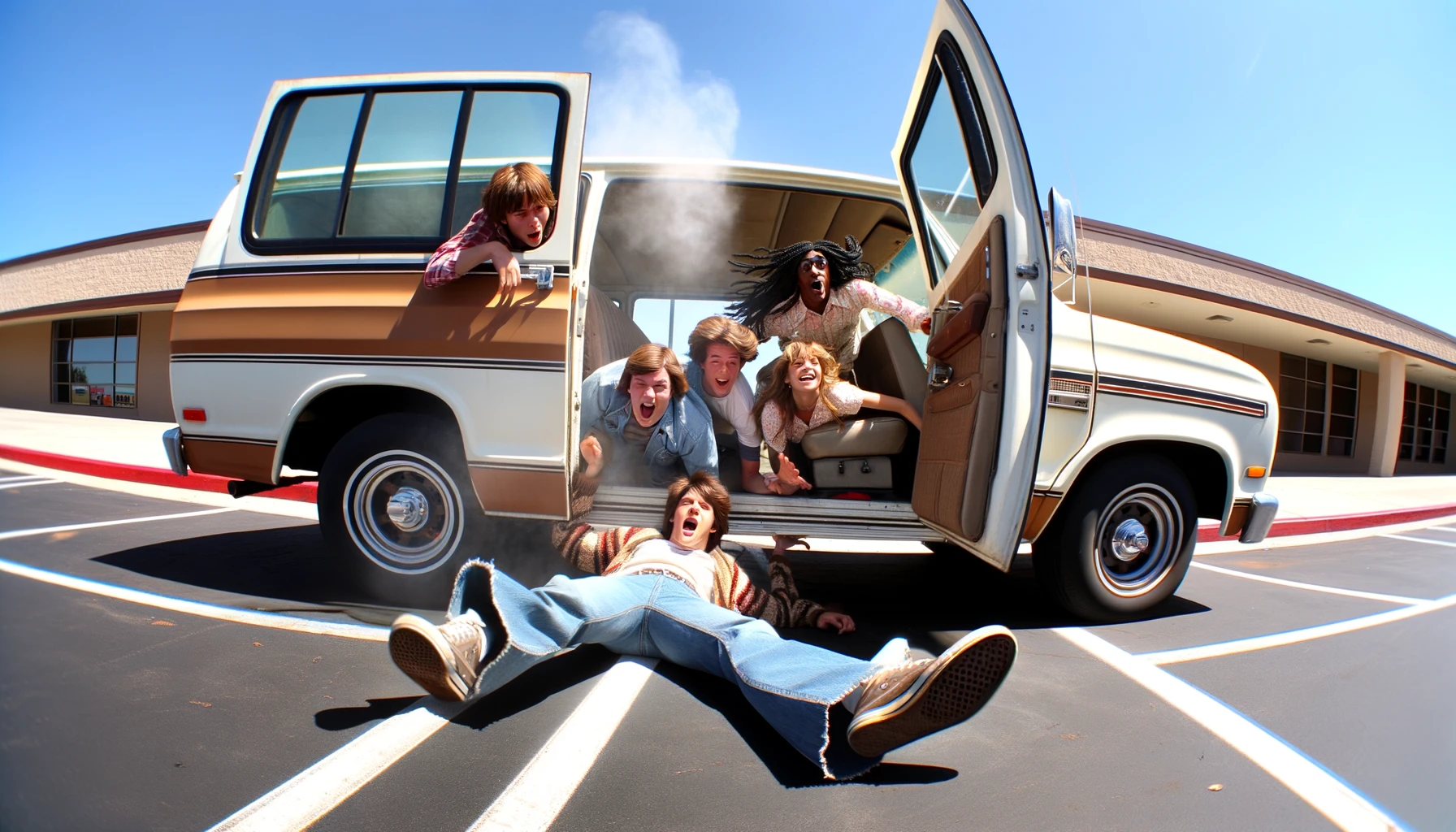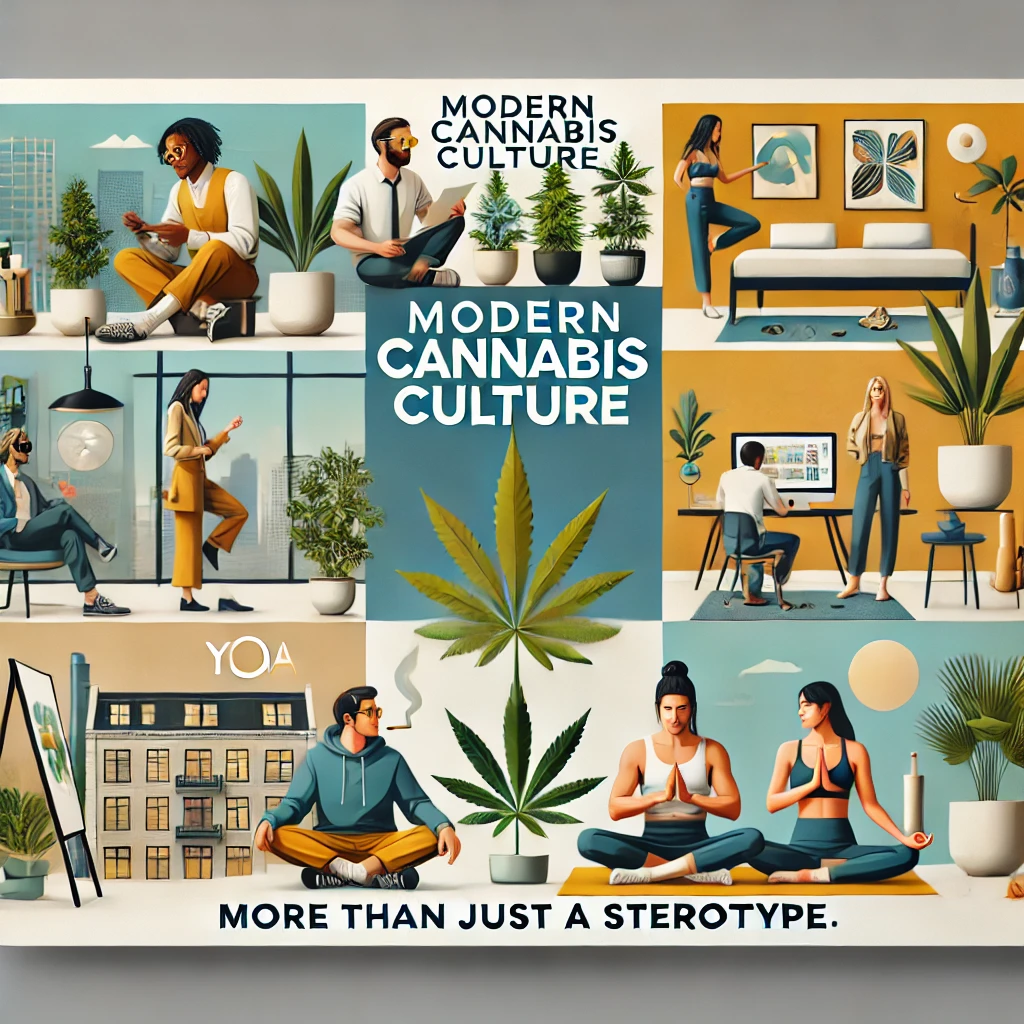Cannabis culture has a long and winding history in movies and TV, with depictions ranging from comedic caricatures to complex, relatable characters. These portrayals not only reflect societal attitudes toward cannabis but also influence how it’s perceived. Let’s explore how stoner stereotypes have evolved over time.
The Early Days: Reefer Madness and Villainous Stoners

In the 1930s, films like Reefer Madness painted cannabis users as crazed, dangerous, and morally corrupt. These depictions were less about humor and more about fear-mongering.
The stoner stereotype during this era was used to support prohibitionist rhetoric, reinforcing the idea that cannabis led to crime and moral decay. This campaign was more for demonizing poor people and immigrants, then it was for cannabis use.
The Counterculture Era: Hippies and Free Spirits
The 1960s and 70s ushered in a more humorous and laid-back portrayal of cannabis users. Think Cheech and Chong, whose movies like Up in Smoke portrayed stoners as harmless, bumbling, and endlessly chill.
These characters embodied the counterculture movement, celebrating cannabis as a symbol of rebellion and freedom. While fun, these portrayals often reduced stoners to lazy, unmotivated caricatures. If you’re interested in this era, explore the history of bongs as they became cultural icons during this time.
Mainstreaming in the 1990s: From “Dude” to Cult Heroes

By the 1990s, cannabis was becoming a mainstream topic in movies and TV. Characters like Jeff Bridges’ “The Dude” in The Big Lebowski and the cast of Dazed and Confused highlighted cannabis as part of a broader lifestyle. These films leaned into stoner tropes but often added layers of depth, showing them as lovable and, occasionally, surprisingly wise.
Sitcoms like That ‘70s Show brought cannabis humor into the homes of middle America, using smoky basements and offhand jokes to wink at cannabis culture without fully embracing it. Curious about cannabis during this time? Check out cannabis culture in Oregon to see how it influenced pop culture.
Modern Stoners: Multifaceted and Relatable

In recent years, stoner portrayals have matured. Shows like Broad City and movies like Pineapple Express balance comedy with a recognition of cannabis as a part of everyday life. Characters like Ilana and Abbi (from Broad City) use cannabis without it defining their entire personalities.
They’re stoners, but they’re also ambitious, flawed, and dynamic individuals.
From Comedy to Advocacy
As cannabis legalization spreads, media has begun treating it more seriously. Documentaries like Weed the People explore the plant’s medical uses, while dramas like Disjointed dive into the lives of those working in the cannabis industry.
These portrayals are shifting the narrative from stoners as jokes to cannabis as a cultural and economic force. Looking to dive deeper into modern cannabis trends? Learn how Las Vegas is embracing cannabis tourism, a perfect example of this cultural shift.
Final credits
The evolution of stoner stereotypes in media mirrors society’s shifting attitudes toward cannabis. From dangerous outcasts to quirky heroes and relatable characters, stoners have come a long way. Whether you’re laughing at Cheech and Chong or inspired by modern cannabis entrepreneurs on screen, one thing’s for sure: cannabis culture is here to stay.
For more about cannabis culture and travel, explore our top cannabis tourism guides and plan your next adventure!

